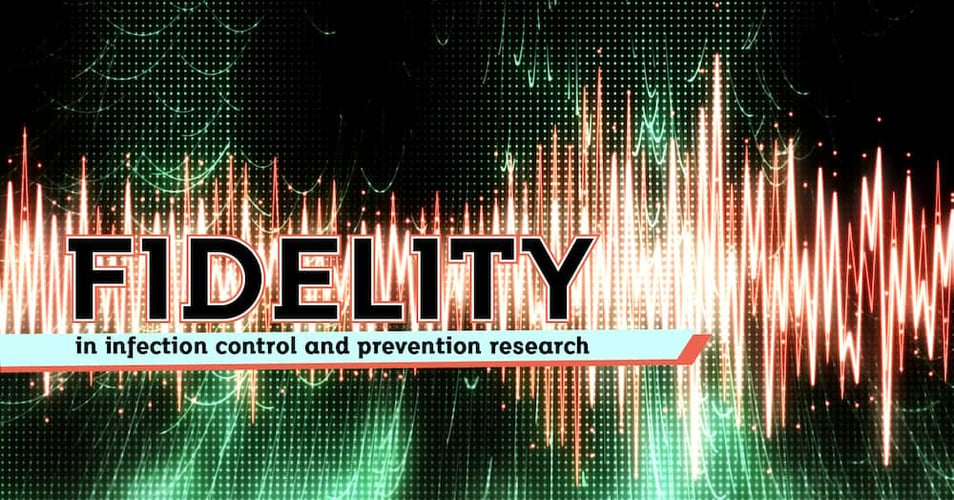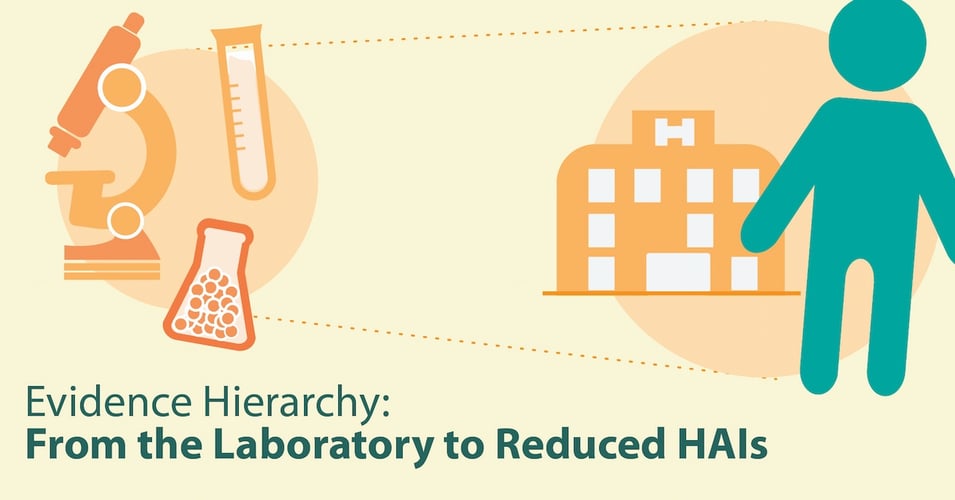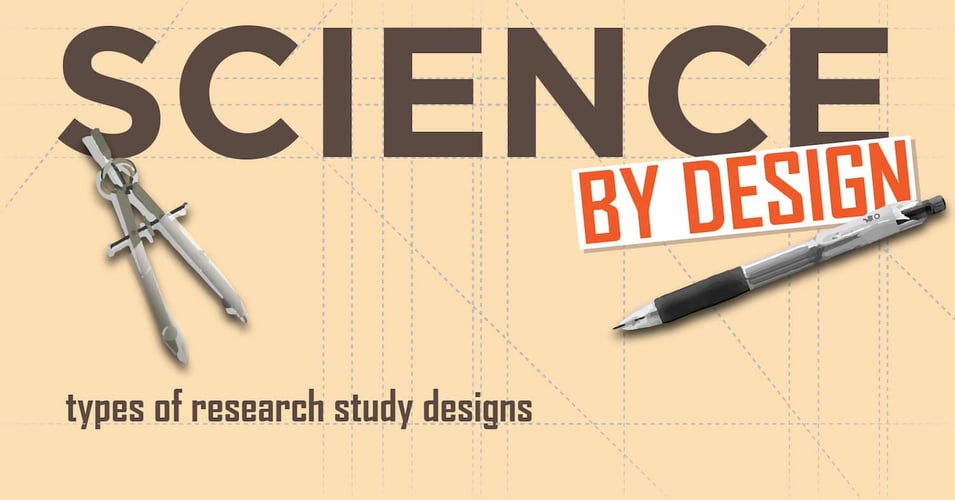2 min read.
What is Fidelity in Research?
We have all heard about validity and reliability in research. Validity tells us that your results actually measure what you wanted to measure....













